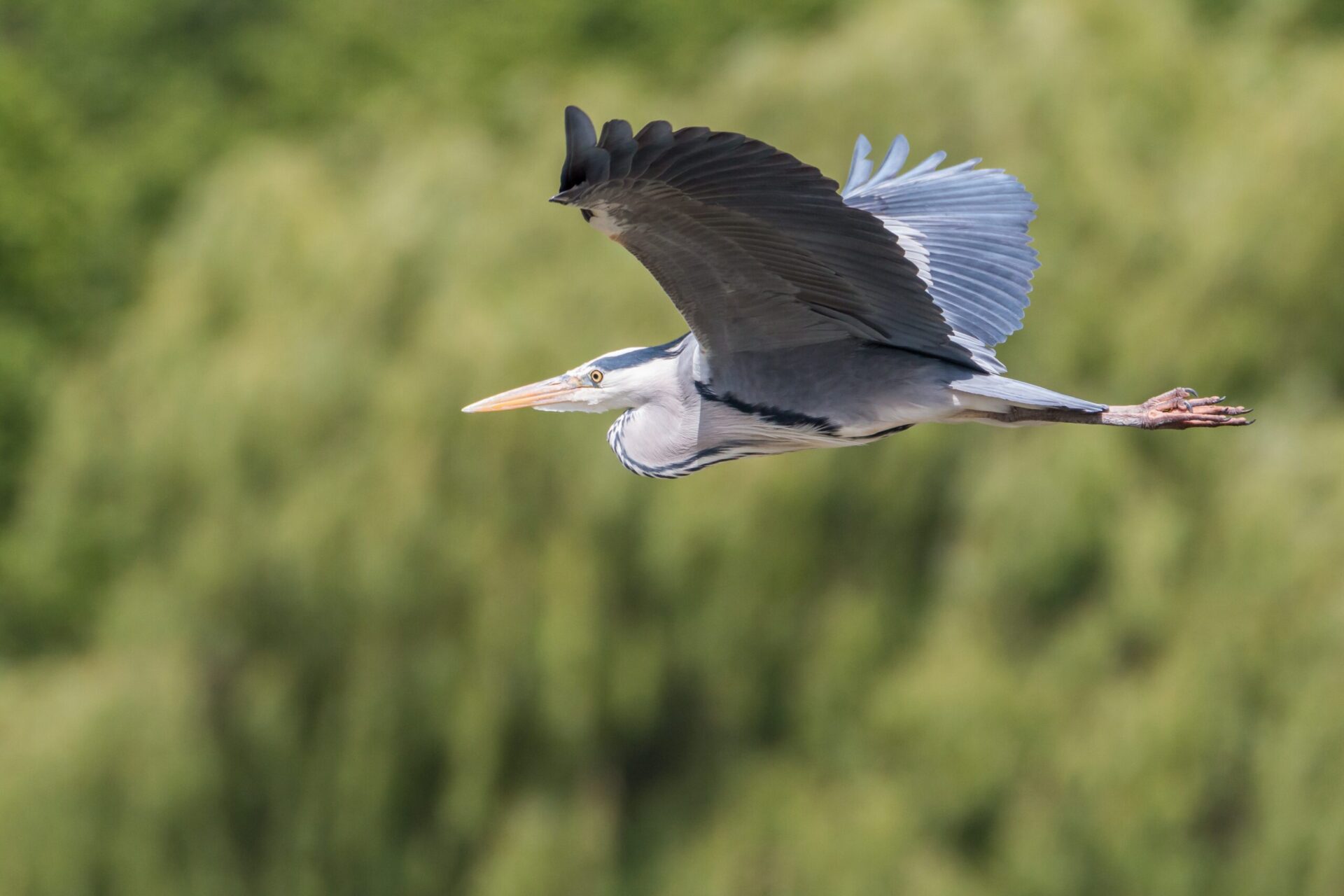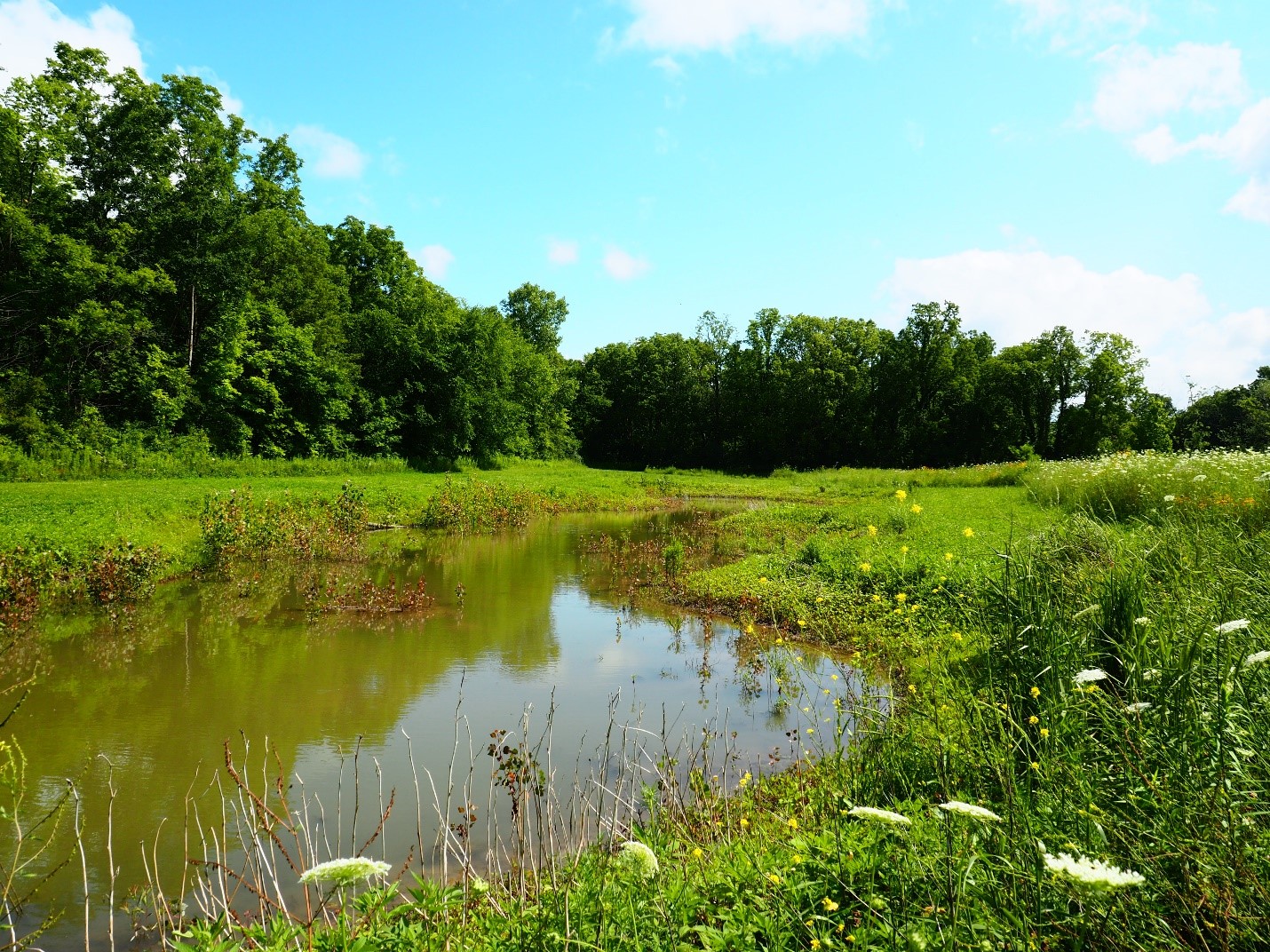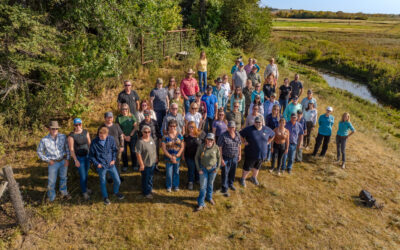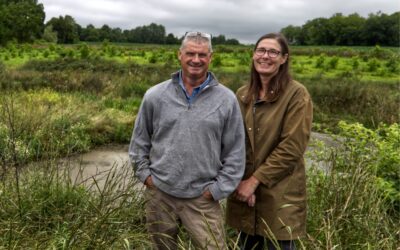ALUS Middlesex Continues to Protect Species at Risk by Creating Valuable New Habitat to Improve Biodiversity in the Thames River Watershed

The Thames River is a natural treasure that flows throughout Middlesex County and is a vital component of the region’s environment. The natural gem, which notably runs through the metropole of London, Ontario, is more than just a picturesque waterway. It is a lifeline for numerous plant and animal species, fostering biodiversity and supporting critical ecological processes. The river sustains a diverse array of fish species, over 125, including the Northern Madtom and the River Redhorse. These animals depend on the river’s clean waters and suitable habitat for feeding, breeding, and survival. Additionally, migratory birds find sanctuary along the Thames River. Over 100 species of birds rely on the river and surrounding habitats during their long migratory journeys. Among them are the Great Blue Heron, Belted Kingfisher, and a wide variety of waterfowl species. The river’s riparian areas provide crucial nesting sites, resting places, and foraging grounds for these birds.

Great Blue Heron, a Critically Important Species in the Thames River Watershed and Excellent Indicator of Ecosystem Health. Photo Credit Radovan Zierik, 2017.
Soil erosion poses a significant threat to the Thames River’s health, impacting both water quality and aquatic habitats. ALUS Middlesex works closely with local farmers to implement effective erosion control measures. ALUS participants restore vegetative buffer strips along the riverbanks, which often consist of native grasses and wildflowers. These buffer strips help stabilize the soil, reducing erosion and sedimentation in the river through their deep and complex root systems. Through ALUS Middlesex’s efforts, over 50 acres of buffer strips have been established, safeguarding the river from soil erosion and preserving its ecological integrity.
Nutrient leaching, particularly from agricultural activities, can contribute to water pollution and harm ecologically important aquatic ecosystems. ALUS Middlesex collaborates with local farmers to implement responsible nutrient management practices, minimizing nutrient runoff into the Thames River.
Through the adoption of precision agriculture techniques and the establishment of cover crops, over 100 acres of farmland have been effectively managed to reduce the effects of nutrient leaching. This has had a positive impact on water quality, preventing harmful algal blooms that reduce oxygen levels in the water, and promoting a healthier river ecosystem.
“Middlesex county farmers are leading the way for environmental change through their actions. By establishing ALUS projects like riparian buffers and wetlands, we’re directly addressing concerns in the Thames River, such as water quality and protecting the habitat of our local endangered species.” says ALUS Middlesex Coordinator Peter Moddle.
Additionally, ALUS Middlesex’s efforts have led to the restoration of 10 acres of wetlands and the planting of well over 500 native trees and shrubs along the river’s banks, protecting valuable habitats and promoting biodiversity. Thanks to the collaborative work of ALUS Middlesex and local farmers, the Thames River continues to thrive, ensuring a sustainable and vibrant ecosystem for years to come.
Laura Bowles, a local farmer and the owner of The Bee and Butterfly Ranch has agricultural land which runs along the Thames River. While Laura has already done so much for the environment by committing to convert a huge portion of her land into pollinator-friendly wildflower prairie, she wanted to do more.
“I wanted to prevent erosion along the banks of the Thames. I wanted to do my small part,“ said Laura. With assistance from ALUS Middlesex, she installed a series of three Wetlands interspersed with tall grass prairie to help retain and slow water, as well as purifying it prior to it entering the Thames. “Peter Moddle made arrangements with Ducks Unlimited, got the seeds, he made all the plans. It was very easy for me” Laura reported.
While Laura’s actions are significant on their own, the synergetic collaboration that results from working with other landowners along the Thames helps to ensure the river will thrive for generations to come.

One of Three Thriving Wetlands on Laura Bowles’ Property, July 2023



